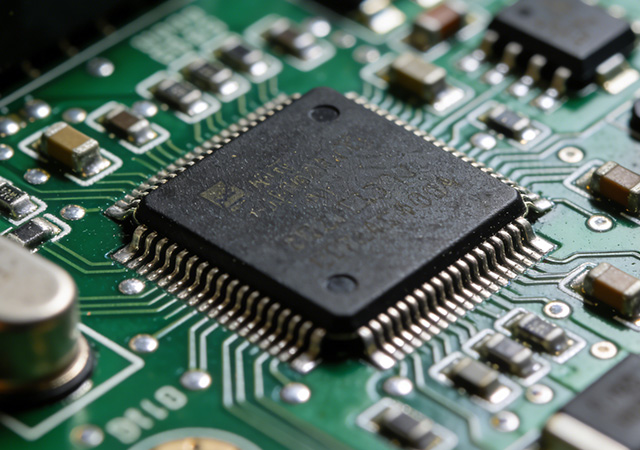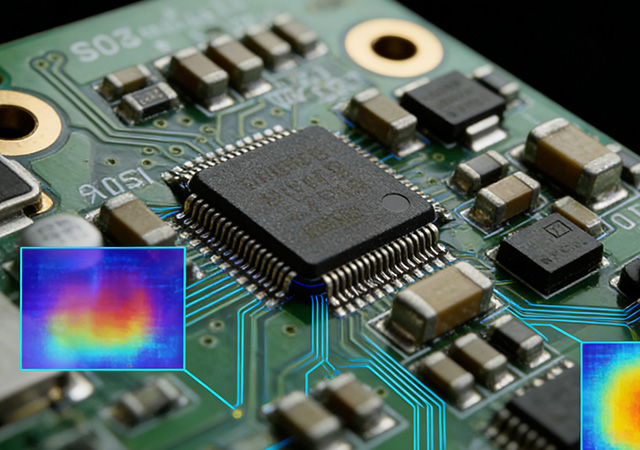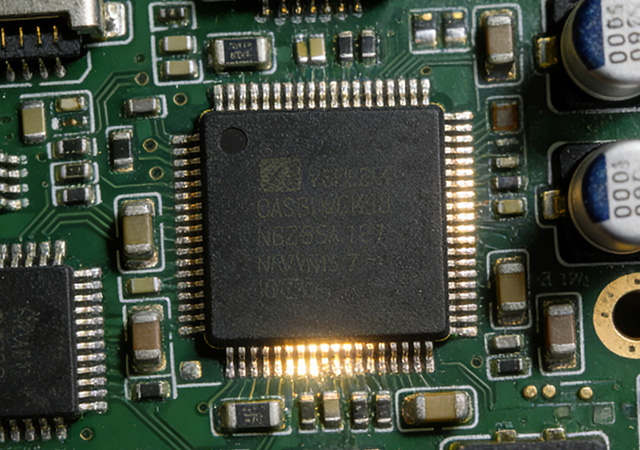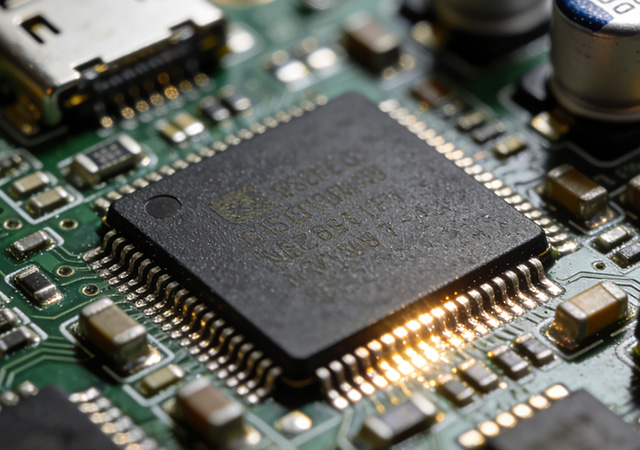-
- PCB TYPE
- PRINTED CIRCUIT BOARD PROTOTYPE ALUMINUM PRINTED CIRCUIT BOARD R&F PCB FPC HIGH FREQUENCY PCB HIGH-TG PCB HEAVY COPPER PCB HDI PCB PCB FOR LIGHTING METAL CORE PCB

In the era of advanced manufacturing, the demand for materials capable of withstanding extreme conditions—such as high temperatures, strong radiation, and harsh chemical environments—has become increasingly critical across strategic industries. High Temperature Polyimide Material, renowned for its exceptional thermal stability, chemical resistance, and mechanical integrity, has emerged as an irreplaceable core material in aerospace, semiconductor, and new energy storage sectors. Unlike conventional polymer materials that degrade under extreme stress, high temperature polyimide maintains consistent performance across a wide temperature range, enabling the development of high-reliability components in mission-critical applications. For industries pursuing technological breakthroughs in extreme environments, mastering the application and innovation of High Temperature Polyimide Material is key to gaining competitive advantages and advancing industrial upgrading.

As the electronics industry marches toward intelligence, miniaturization, and flexibility, flexible PCB (Flexible Printed Circuit) has evolved from a supporting component to a core enabler of technological innovation. Its unique advantages—flexibility, lightweight, high integration density, and adaptability to irregular form factors—make it an indispensable foundation for integrating emerging technologies such as AIoT (Artificial Intelligence of Things), flexible electronics, and advanced semiconductor packaging. Unlike traditional rigid PCBs, flexible PCB breaks through the physical constraints of electronic device design, enabling the development of innovative products ranging from wearable smart devices to flexible displays and intelligent automotive systems. For electronics manufacturers pursuing technological differentiation, mastering the application and innovation potential of flexible PCB is key to seizing the opportunities of the new technological revolution.

Flexible printed circuits (FPCs) have become indispensable components in the digital transformation of industries ranging from industrial automation and medical technology to consumer electronics and new energy. A professional Flexible PCB Supplier distinguishes itself by building a customized solution ecosystem centered on cross-industry collaboration and technological innovation, going beyond simple component supply to act as a strategic partner in clients’ product development journeys. Unlike generic component providers, top Flexible PCB Suppliers deeply understand the unique technical pain points of different industries, delivering tailored FPC solutions that balance flexibility, performance, and integration efficiency. For brands aiming to innovate in their respective sectors, partnering with a versatile Flexible PCB Supplier is critical to translating technical concepts into market-competitive products.

In the fast-paced electronics industry, product iteration cycles are shrinking, and market demands for rapid prototyping and small-batch production are escalating. A professional Quick Turn Flexible PCB Supplier plays a pivotal role in shortening clients’ product development and launch cycles by delivering high-quality flexible printed circuits (FPCs) with accelerated lead times. Unlike traditional FPC suppliers bound by rigid production schedules, quick-turn specialists leverage agile manufacturing systems, streamlined processes, and responsive supply chains to meet urgent order requirements—from rapid prototyping to small-to-medium batch production. For electronics brands aiming to seize market opportunities, validate new designs quickly, or address emergency production needs, partnering with a reliable Quick Turn Flexible PCB Supplier is a strategic enabler of competitive advantage.

In the global flexible printed circuit (FPC) industry, quality consistency and reliability are the cornerstones of long-term cooperation between suppliers and clients. An ISO 9001 Flexible PCB Supplier distinguishes itself by adhering to the rigorous requirements of the ISO 9001 quality management system, integrating systematic quality control into every link of FPC design, production, and service. Unlike non-certified suppliers that rely on fragmented quality checks, ISO 9001-certified suppliers establish standardized, traceable, and continuously improved quality processes, ensuring that each batch of FPC products meets predefined quality benchmarks. For electronics brands pursuing global market expansion and high-quality product strategies, partnering with an ISO 9001 Flexible PCB Supplier is critical to mitigating quality risks, simplifying compliance audits, and building end-user trust.

Got project ready to assembly? Contact us: info@apollopcb.com



We're not around but we still want to hear from you! Leave us a note:

Leave Message to APOLLOPCB
